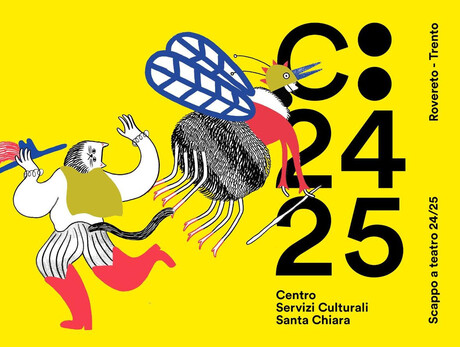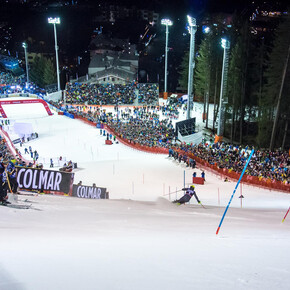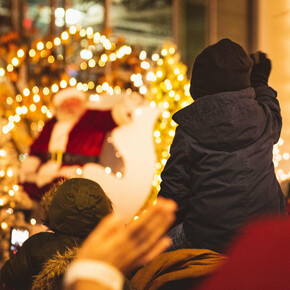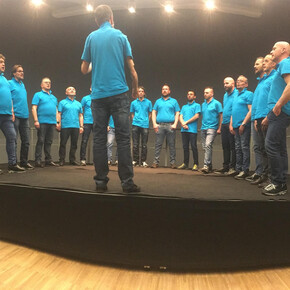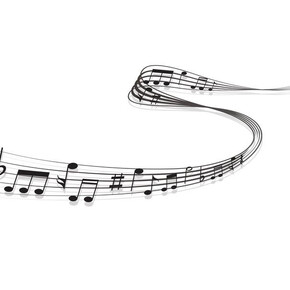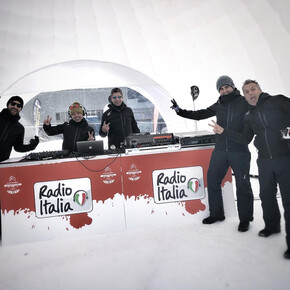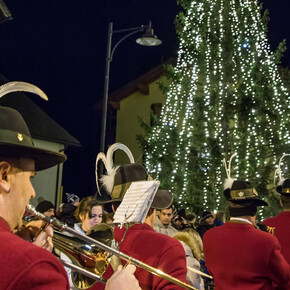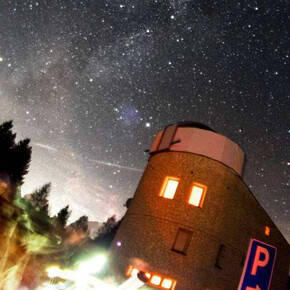The Wolf and the seven kids
I run away to the theaterA wolf wants to devour 7 kids and waits for the favorable opportunity that ...
I run away to the theater
A wolf wants to devour 7 kids and waits for the favorable opportunity that comes when mother goat leaves them alone to go shopping. On several occasions the wolf is discovered by the goats but, thanks to a series of tricks and disguises, and also to the indifference and selfishness of Master Pig pastry chef, Master Rabbit baker and Master Mouse miller, to whom he turns to achieve his purpose, he finally manages to devour six of the seven goats. The seventh kid, taking refuge inside the pendulum, on his mother's return informs her of what happened. Mother goat despairs, but then looks for the wolf and finds him immersed in sleep for having eaten his prey too quickly, which is still alive inside the huge belly. Mother goat then extracts the offspring and puts huge stones in the wolf's belly that will be the cause of his death. Finally, the seven kids and their mother celebrate the escape from danger. Fairy tales are made to be told, and there are different ways to tell them. Perhaps the most common is that of narration. Parents too, reading fairy tales to their children, become narrators, trying to tell the facts, creating an atmosphere that captures the attention of the listener, interpreting the characters, differentiating the voices... We have chosen to propose this classic fairy tale through what is our language, our way of addressing the audience: the actor on stage acts and interacts with many elements, manipulating them, playing with them. The work with these elements that is added, that supports, that replaces that of the actor, gives life on the scene to the puppets, images, objects (often recovered, reworked) so that the work of the actor is enriched by that of the animator and the craftsman of the stage.

